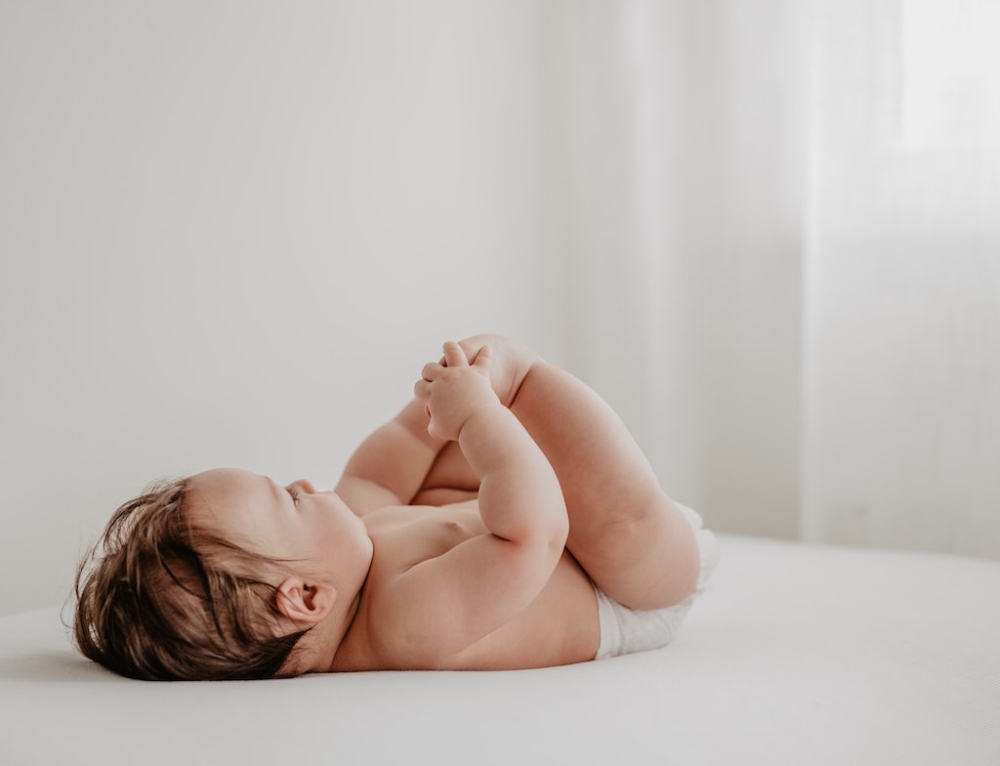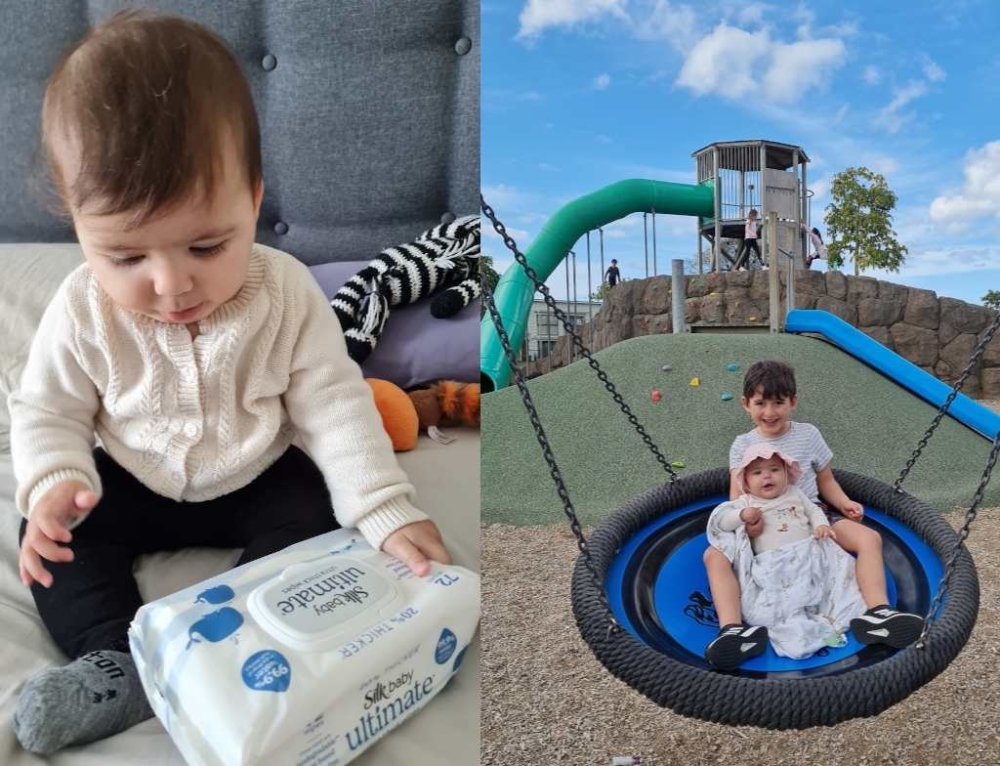By three to four months your life’s probably become a lot easier, with your baby settled into a routine and perhaps even sleeping through the night. Time now to put your baby into a cot, if you haven’t already. Feeding will now take less time. Baby should have 5 feeds in 24 hours. During the day they’ll be every 3-4 hours, and at night every 6-8 hours. (Many babies could be “sleeping through”, having their last feed at 10pm, and the first at 5 – 6am.
Sleeping
By three months, baby should be sleeping for 1 – 2 hours after each feed during the day, and from 5 to 7 hours at night.
By six months, baby still needs 1 – 2 hours sleep after daytime feeds, as their play time is more active. At night, they’ll sleep 8 – 10 hours (i.e. 13 – 15 hours sleep in 24 hours).
- Settle baby as soon as you see signs of over tiredness.
- It is best to stick to the same settling routine.
- Remember to put baby to bed in the same place, both day and night.
- Put baby in the cot while still awake, then leave, so they can learn to go to sleep by themselves.
- If baby becomes distressed they need to be soothed and reassured that you will return.
A typical day, three to six months
- 5am Feed (120-180ml)
- 6am Back to sleep (mother & baby)
- 9am Baby wakes, feed
- 10-10.30am Play
- 10.30am Settle baby in pram if you’re going out, or put back to bed
- 11-1pm Baby sleeps (mother shops or does chores and has lunch)
- 1pm Feed
- 2-2.30pm Play
- 2.30-5pm Settle and sleep
- 5pm Bath (or earlier if unsettled)
- 6pm Feed
- 7pm Play with Dad
- 7.30-10pm Settle and sleep
- 10pm Feed. Some babies also have a 2am feed
Playtime
By three to four months, play may be 30 minutes, several times a day, including at least 5-10 minutes tummy time. Baby can now push up on his arms and hold that position for a short time. Their interest in coloured toys and objects is increasing as they start to reach, grasp and explore objects in their mouth. They’ll be responding to your voice, interacting more, and using a wider range of sounds. By six months, play may be one hour several times a day. Baby will be more interested in exploring his world by rolling and moving around the floor in preparation for crawling.
Ideas for play at home
- While cradling baby in your arms, give him toys to hold.
- During tummy time on the floor, place toys on the rug close to baby, so he can reach for them.
- When baby is in the bouncer (to be used with caution) or rocker, use an activity gym with toys or rattles that dangle within reach. Or hang toys from a clothes airer.
- Place the rocker where baby can watch you, and talk to them while you work.
- Place the pram in the garden or by a window where they can watch the trees move.
- Make sure toys don’t have sharp edges or small pieces that could come off easily and be swallowed.
- If you allow pets near babies or small children, ensure they are constantly supervised.







Leave A Comment
You must be logged in to post a comment.